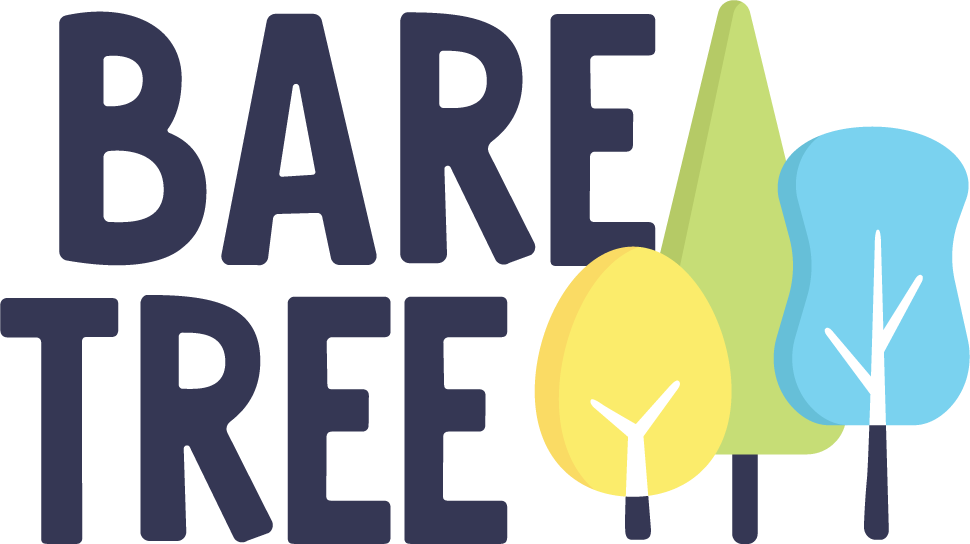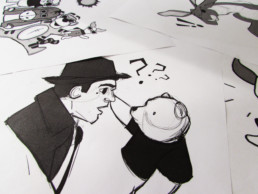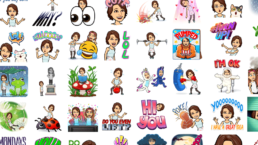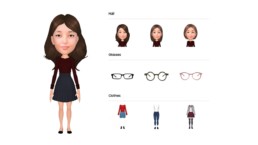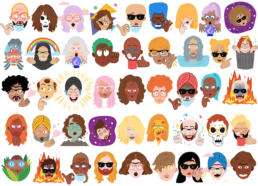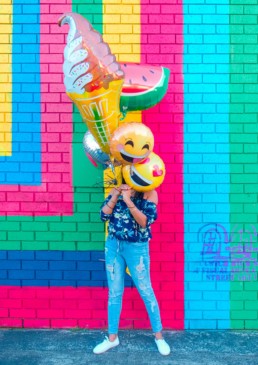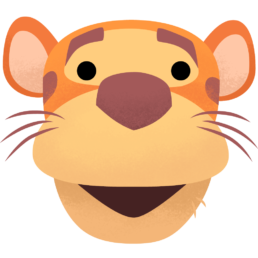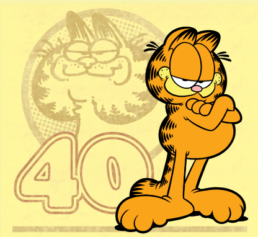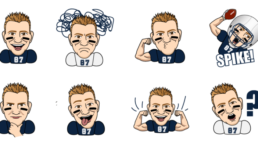Behind the scenes of the Christopher Robin Film's iMessage Stickers
Once upon a time in the hundred acre wood, the classic characters we all know and love needed a new look for their very own set of iMessage stickers. In anticipation of the new Christopher Robin movie, Disney approached us to create of set of stickers in line with the stuffed animal character designs of the movie.
We drew inspiration from children’s books and developed a style that resembled cut paper with distinct texture shading. We then illustrated all nine characters that were going to be in the sticker pack: Christopher Robin, Winnie the Pooh, Tigger, Piglet, Eeyore, Rabbit, Owl, Kanga and Roo. This tested the style’s flexibility in rendering human characters, stuffed animals, and realistic computer generated animals.
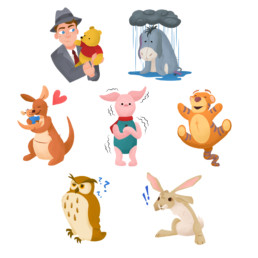
Sketch Phase:
Once style direction was determined, the next step was sketching out all the stickers.
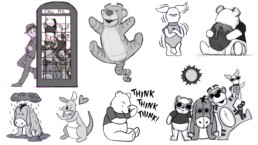
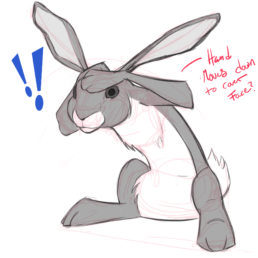
Color & Texture Phase:
Upon sketch approval, all stickers were colored and textured.

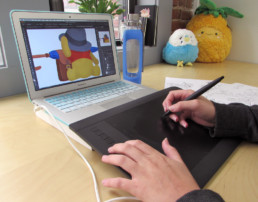
Animation Phase:
The art was then sent over to our animation team. Many were animated in After Effects but a few required special attention. Those got frame by frame treatment. Rough animation was completed to get direction approval before final rendering.
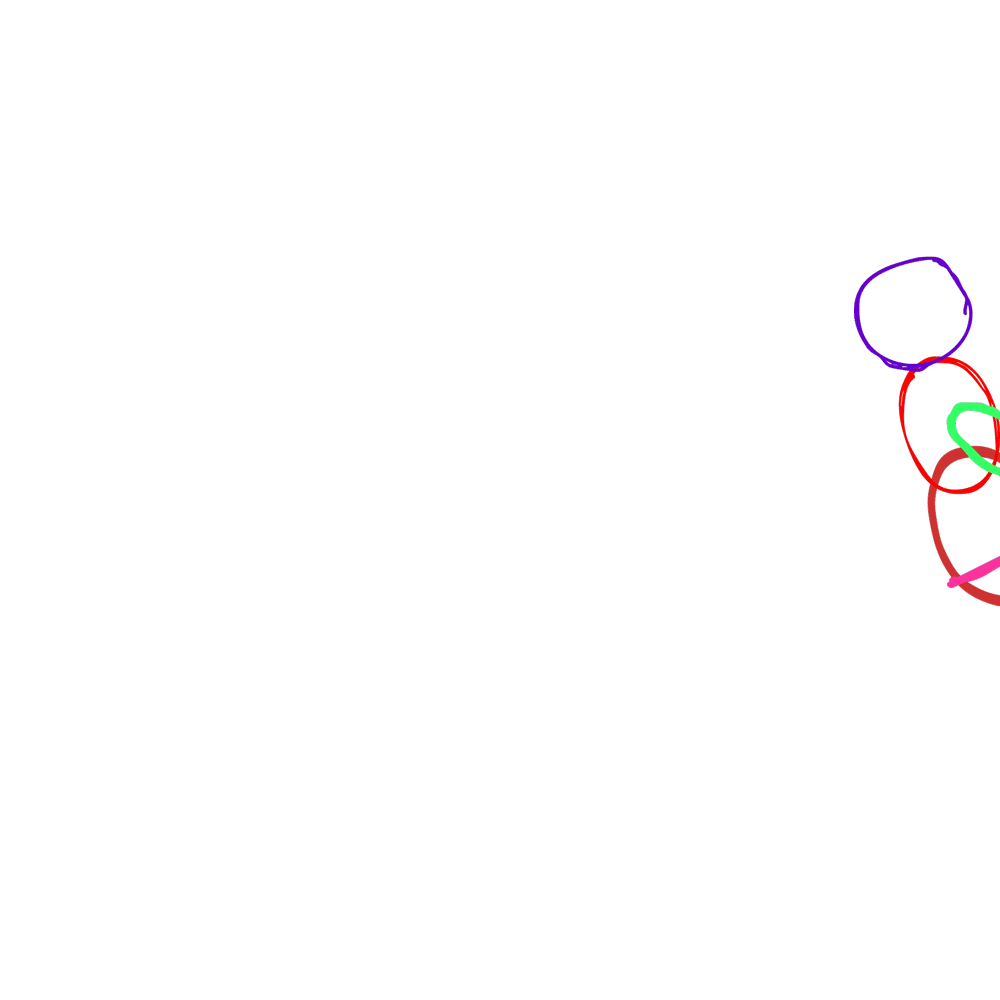
It was pleasure to work with the team at Disney and an honor to work on characters we all adore. The team looks forward to seeing the movie this Friday, August 3rd!
Check out the full sticker pack and download for your iPhone!
Personalized Emojis are Taking Messaging by Storm
Recently, custom emojis have been sprouting up on all major messaging platforms like Apple, Google, Samsung, and Snapchat. These were started by Bitmoji, a company that allowed users to create their own personal emoji. Once Snapchat acquired Bitmoji, the race was on for all major messengers to create their own. These personal emojis are used by a wide range of age groups and are some of the most popular stickers.
Bitmoji
Bitmojis were the first personalized emojis to take messaging by storm. They were designed to fill the gap between selfies and text messages by sending a personal sticker that could express emotion. This idea took off and was acquired by Snapchat to become the avatars for all Snapchat users. Bitmojis were a massive success and are now on most major messengers as well as Snapchat. These custom stickers led to most major messengers adopting their own personalized emojis.

Apple Memojis
Apple is currently testing their new personalized emojis that are expected to be released with iOS12 called Memojis. Previously Apple launched Animojis, which were animated stickers of the user’s facial motions illustrated by various animals. Memojis, are an extension on these animated stickers, by allowing users to use their animated character. This movement is then translated to your Memoji on your screen, creating your own personal animated sticker. The Memoji’s are completely customizable to make your own unique animated messages.
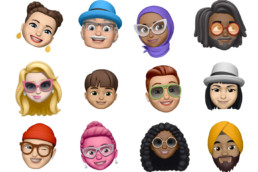
Samsung AR Emojis
Samsung Augmented Reality (AR) Emojis allow a user to create their own personalized emoji. These emojis are able to be customized with different effects that make the sticker look more cartoonish or more lifelike. Samsung also gives you the option to change the clothes of your custom sticker.
Recently, Samsung updated their AR Emojis with the addition of 18 more set stickers to add onto your emoji, making the total 36. Right after the release of these extra stickers, Samsung also announced they will be launching 18 more additional stickers soon. These personalized stickers are only available the Galaxy S9 and S9+.
However, creating custom stickers is not the only thing that AR Emoji allows a user to do. It also has a feature that brands can utilize, like Disney who released some of their classic characters like Mickey Mouse and Donald Duck onto the platform. Then Disney followed up with a release of the Incredibles characters to promote the newly released sequel to the film.
Google Minis
Google recently announced that they are launching a keyboard add-on called Minis that allows users to send customized stickers of themselves. The user will take a picture of themselves and a digital sticker of them will be created. Google is taking a unique approach to their customizable stickers. Unlike Snapchat and Samsung, Google Minis will have packs to purchase containing different gear and backgrounds for your personal sticker. Currently, these custom stickers are only available in the Beta keyboard, however, we should expect to see them soon.
Happy World Emoji Day 2018
It is 2018, and Emojis have taken over. The once perceived “silly, childish” messaging stickers have become completely integrated into our daily conversations. Snapchat filters even let us turn ourselves into our very own Bitmoji. Emojis allow us to demonstrate feelings and emotions to a greater specificity than our words. Here at Bare Tree Media, we pride ourselves on being the original and the longest-standing emoji designer. Day in and day out, we work to give everyone the ability to say just what they want (with OR without words 😉). It seems with each new day more emojis are created by designers across the globe providing each of us with unique ways to express ourselves or just have fun!
Apple’s Custom Emojis: Memoji
World Emoji Day calls for big news, and companies have delivered. Apple Inc. announced they will be releasing Emoji 11.0 for iOS and MacOS, an emoji pack including 66 new emojis for Apple fans to enjoy in late 2018. Along with these new emojis Apple is also releasing their Bitmoji counter, Memoji. The 3D emoji will be available with iOS 12 this fall. Memoji’s are to follow-up Apple’s animated stickers that use facial recognition to overlay animal filters, Animojis. Memoji’s take the next step and allow users to create and use their custom Emoji stickers to express themselves in a unique audio-visual hybrid. With innovations like these, developers are reimagining where and how emojis can exist, proving the only way is up.
Facebook's Emoji Keyboard Stays Strong
Facebook and their messenger are one of the leaders in the emoji space, having adopted all 2,800 Unicode Emojis. Unicode is a consortium of the biggest tech companies and a few countries, who decide on what should or should not be an emoji. Facebook once again proudly released their annual Emoji statistics, demonstrating significant increases in emoji use and engagement. Here are just some of the numbers:
- Over 5 billion emojis are sent everyday in Messenger
- 900 million emojis are sent on Messenger that don’t even have text
- 700 million emojis are used in Facebook posts everyday
- The 😂emoji is the most popular around the world
- The ❤️emoji has doubled in usage in the past year
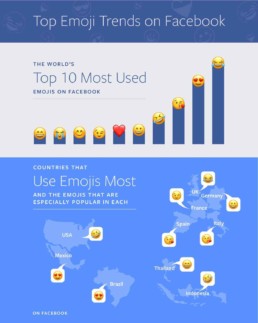
Twitter Branded Emojis
Emojis have made their mark on our society, and now large companies are working towards making their own mark through branded emoji stickers.
Recently, Twitter teamed up with Disney to release custom emojis of the upcoming movie Christopher Robin and chose us to create them! Each of core 100 Acre Woods characters got their own little emoji to accompany their hashtag. Tweets including #ChristopherRobin, #Pooh, #Tigger, #Eeyore and #ItsPiglet grew in number. Twitter users that might not have engaged with tweets involving the Christopher Robin movie in a normal situation began tweeting about the movie. Some solely so that they could have the emojis on their feed!
Emoji Merchandise
There are now emoji clothing, pillows, an Emoji Movie, and now premiering tonight in New York City, “EmojiLand: The Musical” on Broadway just a couple theaters down from The Lion King. Many companies have realized the power of emojis, and how developing new emojis allows for each company to integrate themselves in a language rapidly growing in popularity. No one truly knows the future of emojis, but we do know it’s bright. 🌟
Join Us and Share Your Favorite Emoji with Bare Tree Media on Facebook, Twitter and Instagram!
Garfield Celebrates His 40th with Augmented Reality and Mobile Messaging Stickers
Boston MA – June 19 2018 – Today marks a major milestone for the world’s most beloved and lazy cat, Garfield. He turns 40 and still looks great whether napping, snacking or driving Odie and Jon crazy. To celebrate Bare Tree Media collaborated with Paws Inc to create a special 40th anniversary series of mobile messaging stickers and augmented reality effects.
iOS fans can find the 40th sticker series on iTunes for use within iMessage and as a new sticker pack added to the Garfield StickerTap app. Android fans can find the stickers in the emojiTap app and the Garfield StickerTap app on the Google Play store.
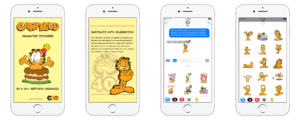
Fans active within Snapchat and Facebook can add Garfield augmented reality effects altering their identity and sharing 40th greetings using the Garfield Snapchat Lens and Garfield Facebook AR Camera Filter.
“We are excited to be part of Garfield’s 40th celebration and offer fans our digital options to join the party.” says Bob Ferrari, CEO of Bare Tree Media.
“This is a special milestone for Garfield and I am thrilled fans can have fun celebrating all month and all year long with stickers and AR.” says Jim Davis the creator of Garfield.
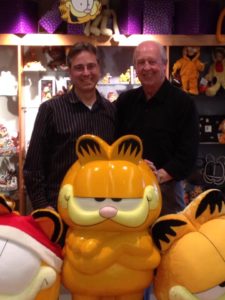
About Bare Tree Media
Bare Tree Media enables brands to engage consumers through innovative mobile messaging solutions. As a pioneer in the branded emoji sector, its partners include 20th Century Fox, ABC Television, American Greetings, CBS Interactive, Disney, DreamWorks, King Features, Life is Good, Lionsgate, NFLPA, Paws Inc, P&G, New England Patriots, SONY Television Pictures, Warner Bros, and many more. Brands interested in offering their own mobile messaging apps, stickers and augmented reality can go to www.baretreemedia.com or contact Bare Tree Media at info@baretreemedia.com.
About GARFIELD
GARFIELD was born on the comics pages on June 19, 1978. The creation of cartoonist Jim Davis, GARFIELD is a humorous strip centered on the lives of a quick-witted orange cat who loves lasagna, coffee, and his remote control; Jon Arbuckle, his owner; and Odie, a sweet but dumb dog.
Follow Garfield and Odie, along with nearly 19 million other fans, on Facebook and Twitter, Instagram, and visit www.garfield.com and Garfield’s free educational site, professorgarfield.org.
Emoji and Sticker Marketing: How Gronk Became Gronkmoji
Emoji and Sticker Marketing: How Gronk Became Gronkmoji
In 2016 more than 6 billion emojis and stickers were sent every day on mobile messaging apps. Between 2015 and 2016, there was a 609% year-over-year growth of branded campaigns using emojis and stickers. It’s no wonder major brands including the NFL have jumped on the opportunity to engage with their audience through custom branded emojis and stickers. According to Jana Gauthier, director of digital media for the New England Patriots, “It’s not always the best idea to force consumers to go to your owned and operated platforms; it helps more to be where they are.” {source: https://digiday.com/marketing/branded-stickers-new-branded-emoji-keyboards/}
From Gronk to Gronkmoji
Bare Tree Media’s designer, Jessica Lindsay, had the chance to work with the NFL Players Association team when designing Gronkmoji.
“When designing the Gronk stickers it was very important to capture his likeness and personality. Gronk is a very fun loving guy so we wanted that to come across in his stickers. That especially is prominent in the series of “Spike!” stickers that we did, referencing his willingness to “Gronk [or spike] anything for charity. Gronk-spike is a very important aspect of his character and it was fun to incorporate that in his stickers by animating him spiking all sorts of things including a football, watermelon, beach ball, and a pizza. The pizza spike is definitely my favorite.”
Emoji and Sticker Marketing Trends
1. Relatable & Emotional Message
The most successful sticker designs are often those that convey a very relatable emotion or message. It’s important when designing a sticker to think about what emotion or message the sticker will be conveying.
2. Variety of Use
The more variety of use cases you can think of the better. It shows that there are more opportunities for people to use your sticker and it will be more relatable to a greater number of people.
3. Animation
Animation is all the rage right now. If a sticker pack isn’t animated, users are often disappointed. For branded characters, a lot of companies are choosing to go in a heavily stylized depiction of their characters with flat shading and lighter colors. This direction is an attempt to broaden the appeal to more users.
Are you ready to create your brands custom sticker and emoji?
For more information on how your brand can stay ahead of the competition in 2018, contact Bare Tree Media or fill out a Contact Us form. We look forward to hearing from you.
